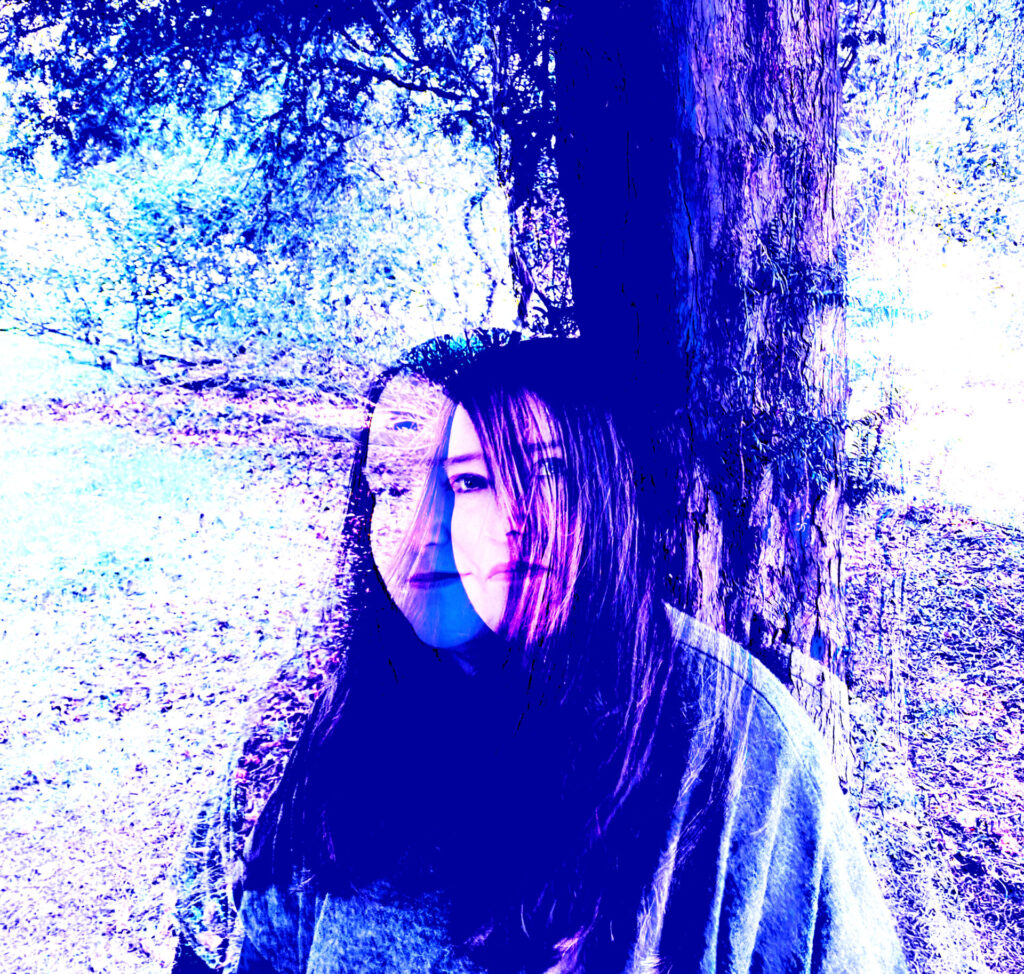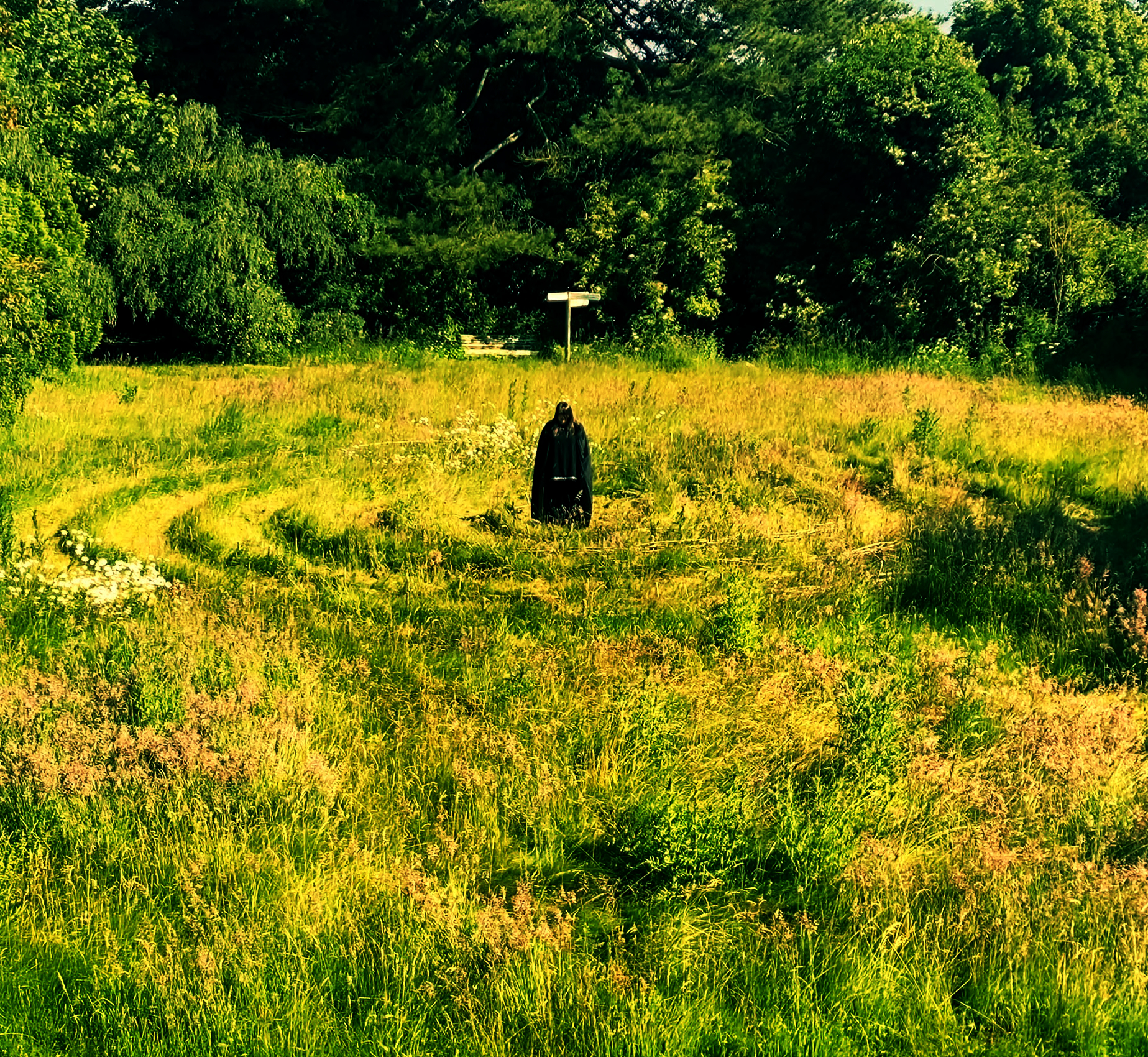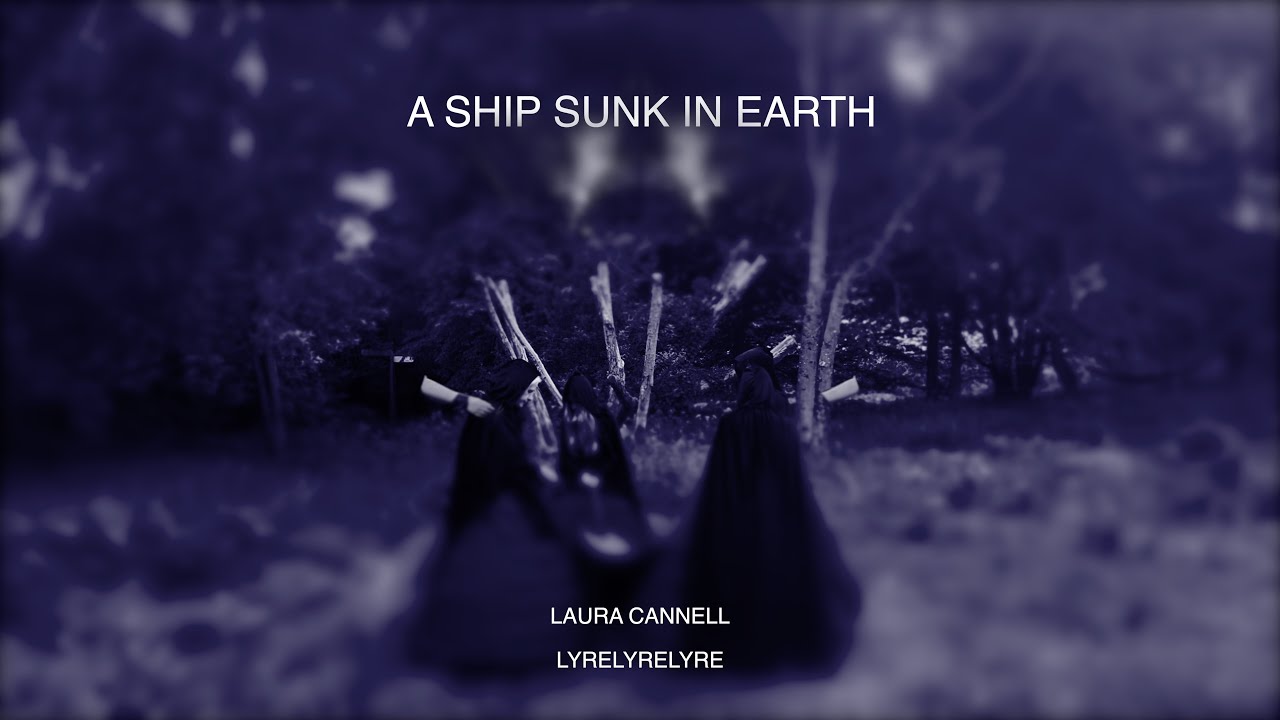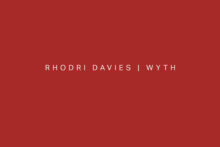Laura Cannell has shared a video for her recent track ‘A Ship Sunk In Earth’.
The song appears on her new album, LYRELYRELYRE, which sees her use bass recorder and crumhorn alongside a copy of an instrument discovered in the 7th Century Sutton Hoo ship burial to create nine, haunting improvised tracks. tQ’s Paddy Clarke reviewed the record in his Radical Traditional column, saying: “Listening to the chasmic reverberations on LYRELYRELYRE, it’s easy to imagine them echoing all the way back to the seventh century and beyond.”
As ever in Cannell’s music, the East Anglian landscape ancient and modern glows as one. In advance of the album’s release at the end of the month, she’s releasing a series of videos, and the ‘A Ship Sunk In Earth’ visual is one of them. You can watch it below.
We also dropped Cannell a line to find out more about the album and short film, and the results of that conversation follow below.
What was the biggest challenge when it came to making music with the lyre?
Laura Cannell: There were a few challenges: initially I had been learning to play a 12 string lap harp for a previous album and the lyre only has six strings and is a totally different shape, so the first thing I had to do was change my position and techniques… and learn a new instrument.
My biggest conundrums were whether I wanted to write ‘actual’ melodies for the instrument, did I want to be able to perform it live, could I get enough out of just six strings and no fret board or finger board? And finally, the small details of ‘how was it tuned?’ The lyre was used as an accompaniment to the voice in the Viking and Anglo-Saxon eras, and in the writing of the ancient poet and musician Sappho. It was used for dramatic effect and also as a rhythmic sound bed while retelling an ancient or modern saga, or epic poem.
I knew I didn’t want it to be an accompanying instrument though, I wanted to set it free, I wasn’t trying to create historically informed music, but I still wanted to be inspired by the instrument and so in the end I pressed record over several days and improvised and explored, leaning into the textures, tones and feelings it produced. I felt that I channelled my friend and inspiring improviser Rhodri Davies at points, but also it still sounds like my music. I created a special reverb that made me feel like I was standing by the mounds at Sutton Hoo in Suffolk and the music was echoing out through the sea mist and down to the river.

What does the instrument offer that’s totally unique to it?
LC: There is no set tuning, so you can create multiple worlds to sink into. I think I changed the tuning slightly for most tracks on LYRELYRELYRE. It’s the kind of instrument that with even simplest action you can create something spell-binding. It almost resonates on its own, it makes the violin and recorders that I usually play feel like they only thrive the more you put into them. The more attention you give them the better they sound and feel, but with the lyre it’s kind of happy and sings whether you are there or not…. Like a perfectly content bird, singing just for itself.
What were your inspirations when making the album?
LC: I wanted to see what it felt like to play an instrument that was part of life in Anglo-Saxon Suffolk, near where I live. It makes me wonder what other instruments are lying beneath the surface. The countryside is a huge inspiration, but it’s not the silence or stillness, it’s the energy and life that has gone before or is going now. I was really excited to find out that there were two other places nearby where fragments of lyres were found, in Bergh Apton in Norfolk, and Snape in Suffolk, both in what are thought to be the graves of warrior musicians. The lyre from Sutton Hoo is an iconic instrument – the way it’s made and decorated with gold and garnet birds head escutcheons.
I was really lucky to receive funding from The Marchus Trust to do some research into making this album, and it meant I could buy a copy of the instrument too, (unfortunately the budget didn’t stretch to added jewels and gold!) the funding meant that I could take a few weeks to deep dive into a world of hidden instruments, tunings and imagery to create this album. I feel more connected to the landscape and people and their music, and I hope that it brings some of the strange ancient music to new ears.
What inspired the video for ‘A Ship Sunk In Earth’?
LC: The video was inspired by the Sutton Hoo Lyre that was found in the Ship Burial there… well actually, it was inspired by the woman who decided to place it in the grave. There is a belief among scholars that it was the resting place of King Raedwald, the first king of the Eastern Angles. His Queen (unnamed in all historical records) commanded the burial, and the dragging of the ship from the river Deben up the hill to its resting place. The Queen chose and buried the King’s worldly treasures.
I wanted to represent the vision, strength and power of a woman at the crossover from Paganism into Christianity in the seventh century. This woman was not only ‘the King’s unnamed wife’, she was in charge, she curated a massive ceremony with major logistics, love (hopefully) and gave something to us now to learn about the sound of their lives.
I invited friends of mine and my sisters, all of whom are artists, makers, musicians, performers, writers, and some of their daughters too. I had a vision of strong individuals who would come and work together to form a new kind of ritual. We based the video near to a fallen goat willow tree that kind of looks to me like an upturned ship.
I used dance steps from Playford’s Dancing Master manual and my mum created gold sparkling sequin-covered hazel sticks that she had left over from a big maze project she’s making for the Raveningham Sculpture Trail this summer. (We were originally going to have flaming torches but there was a two-day heat wave when we were filming, so a quick pivot meant we had to call upon her making skills).
The women had the power in this video, and also the lyre was being celebrated.
I feel like there isn’t enough made of the instrument itself in the Sutton Hoo discovery. My main interest is in the sound and music that was played and heard at the time, because it gets us as close as possible to hearing the same things, and absorbing the sounds.
Why is it important for you to work in this DIY way?
LC: I have always had a massive sense of not fitting in, I don’t think it was always a problem, but at some point I felt like there were perceived ideas of what and how you’re supposed to do things, especially music, which were holding me back. I had to turn it from a problem into a positive, and something which felt like a struggle to me was feeling like I had to have or wait for permission or agreement from others in order for me to make my own work. When I have an idea I want to act on it to see if it works, for me the magic disappears if I announce it or say it out loud before I’ve made it through music.
I’ve started to think that for me making music is like creating a painting, I want to choose the size of canvas, the materials, the colours and techniques myself, especially if they are ideas I haven’t explored before. I think it would be so weird if someone came and started adding some different paint to something I have a vision for. You don’t go up to an artist’s canvas and start adding things, it’s their space, I think for me it’s the same with music. Obviously in collaboration it’s different, but you go into that knowing that it’s the marrying of different minds and that can be totally magical too.
DIY is who I am at the core, I want to see what is possible if I do it myself, what can I create from nothing… so far I’ve made everything up. I’ve taught myself recording, mixing, editing for both music and entering into videos too and there is so much more to learn, it just has to be in a ‘learn it as you need it’ way for me. It’s too easy to get in your own way and think that you don’t know enough, but you just have to follow your inspiration and something will happen. It makes me excited to see what will happen next.
Laura Cannell’s LYRELYRELYRE is released on 30 May 2025 and can be preordered on her Bandcamp here




